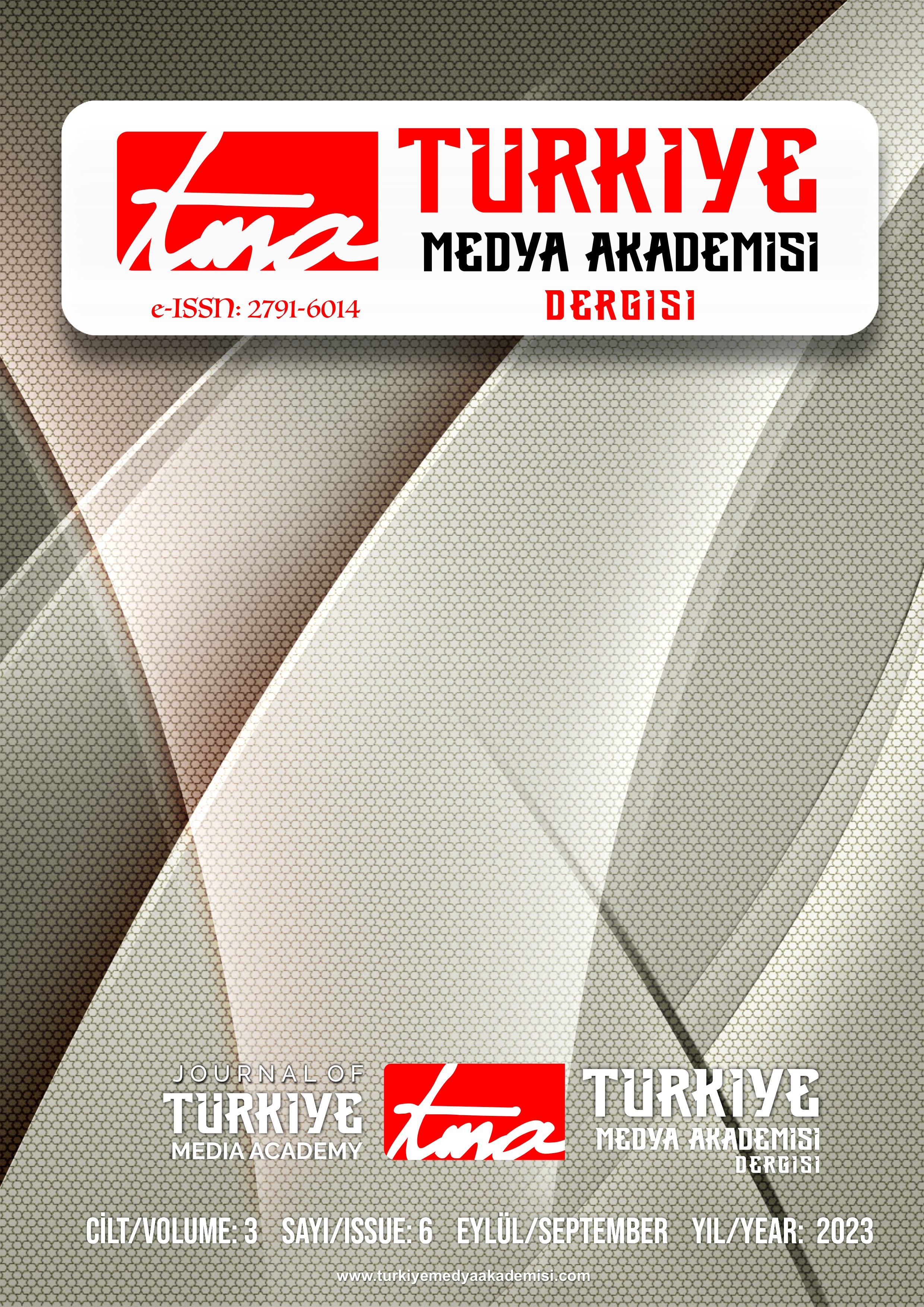IMPLEMENTATION METHODS OF DESIGN THINKING METHODOLOGY IN UNIVERSITY-INDUSTRY COMMUNICATION PROCESSES
DOI:
https://doi.org/10.5281/zenodo.8378776Keywords:
Design Thinking, University-Industry Communication, Technoparks and Innovation.Abstract
In university-industry communication, new reference points are formed due to digitalization. Changes in the way information is used depending on the new generation university structures and the digital factors brought by the Industry 4.0 process make it necessary to reconsider the university-industry relationship. In this context, new approaches and methodologies entering the literature appear as a solution method. One of these methods is the Design Thinking methodology. Design Thinking methodology is a human-centered problem solving method that is used in many fields today. Design Thinking methodology, which has a wide range of influences such as innovation management, product and service development, Process Management, Business Model, Entrepreneurship and Brand management, is used by globally influential companies and institutions today. The preferred method, especially in applications in digital processes, stands out as the problem-solving method of the Industry 4.0 digitalization process today. In this study, it is tried to discuss how technoparks, which have an important place in the University-Industry relationship, can be repositioned with the Design Thinking method. How the important role of technoparks in transferring academic knowledge to industry can be made more efficient with the method is presented as a model approach. In the study, 14 titles and 42 questions related to the project making processes of technoparks were obtained with reference to the five-stage structure of the Stanford model of the Design Thinking method. It is seen that the content of the titles and questions obtained at the end of the study contributes significantly to the more efficient management of the project process. With the method, a more detailed and controllable project process can be put forward at the point of achieving the determined goal of the project process. The study also contributes to the development of digital innovation culture and the formation of qualified human resources by bringing a new perspective to the university-industry relationship with the method. In the study, the subject was handled with qualitative data and tertiary data were obtained from secondary data. In addition, the method of application of the method was revealed descriptively by obtaining fictional data. In the study, a new model approach is proposed to increase the effectiveness of universities in their relationship with industry, especially in global, national and local development. The study is expected to contribute to the related literature.
Downloads
Published
How to Cite
Issue
Section
License
Copyright (c) 2023 Journal of Türkiye Media Academy

This work is licensed under a Creative Commons Attribution-ShareAlike 4.0 International License.


